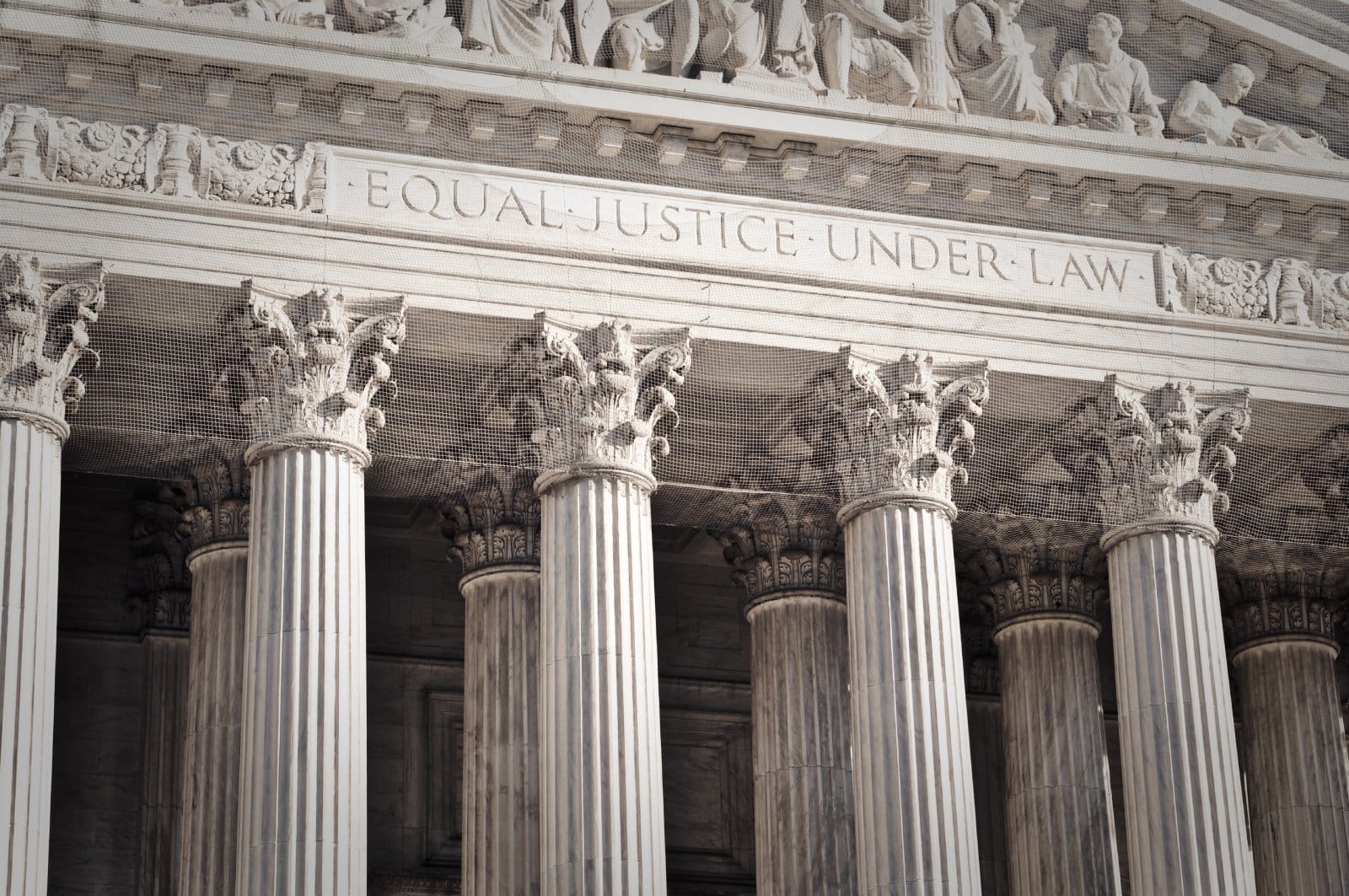Affirmative action can be a hot-button topic, shrouded in misconceptions and heated debate. It’s designed to address systemic inequalities and create more balanced opportunities across education, employment, and beyond. Here’s a breakdown of the essentials to help clarify what affirmative action involves and why it matters.
1. Definition and Purpose

Affirmative action refers to policies that take factors including race, color, religion, gender, sexual orientation, or national origin into consideration in order to benefit an underrepresented group in areas of employment, education, and business.
2. Historical Context

Affirmative action arose in the United States during the Civil Rights Movement in the 1960s, initially focusing on improving opportunities for African Americans in employment and education.
3. Legal Foundation

The policy was first established by President John F. Kennedy in 1961 with Executive Order 10925, which mandated government contractors to “take affirmative action” to ensure that applicants are employed without regard to race, color, religion, sex, or national origin.
4. Supreme Court Involvement

The U.S. Supreme Court has played a crucial role in defining and refining affirmative action policies, particularly regarding their use in college admissions and employment.
5. Quotas vs. Goals

Affirmative action does not mandate quotas, which are illegal in the U.S. Instead, it focuses on setting goals and timelines for achieving greater diversity and addressing disparities.
6. Impact on Education

In education, affirmative action has been used to diversify student bodies by considering race as one factor among others in college admissions processes.
7. Impact on Employment

In the workplace, it encourages the hiring of diverse candidates to ensure that all individuals, regardless of background, have a fair chance at employment.
8. Misconceptions

A common misconception is that affirmative action leads to reverse discrimination and favors less qualified candidates over more qualified individuals. However, it aims to level the playing field, not skew it.
9. Benefits

Research shows that diverse educational environments enhance the learning experiences of all students, not just those from underrepresented groups.
10. Economic Advantages

Diverse workplaces tend to perform better financially and are more innovative, as they bring multiple perspectives to the table.
11. Global Perspectives

While the term “affirmative action” is uniquely American, similar policies exist globally, known variously as “positive discrimination” in the UK or “employment equity” in Canada.
12. Controversy and Debate

Despite its goals, affirmative action remains controversial, with opponents arguing that it can lead to stigma and lower standards.
13. Current Challenges

Affirmative action policies are frequently challenged in courts, and the legal landscape around them continues to evolve.
14. Future of Affirmative Action

The future of affirmative action depends on ongoing legal battles, societal attitudes towards race and equality, and the measurements of its effectiveness in achieving its intended goals.
15. How to Engage

Understanding affirmative action is crucial for informed voting and civic engagement, especially as policies and proposals evolve at federal, state, and local levels.
Reflecting on Equality

Affirmative action is more than just a set of policies, it’s a reflection of our society’s values and our ongoing commitment to equality and fairness. As we continue to debate its merits and flaws, it’s essential to stay informed and engage thoughtfully with this critical issue. How can we ensure that the push for diversity is balanced, fair, and effective for all?
The post 15 Key Principles of Affirmative Action first appeared on Pulse of Pride.
Featured Image Credit: Shutterstock / Kostiantyn Voitenko.
For transparency, this content was partly developed with AI assistance and carefully curated by an experienced editor to be informative and ensure accuracy.

